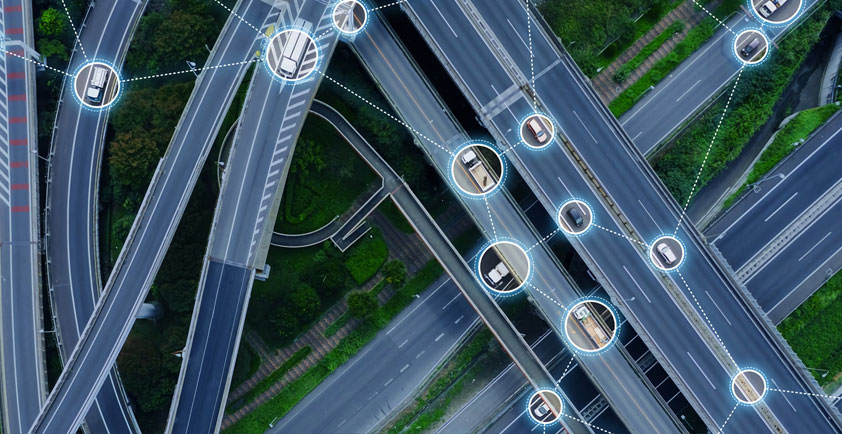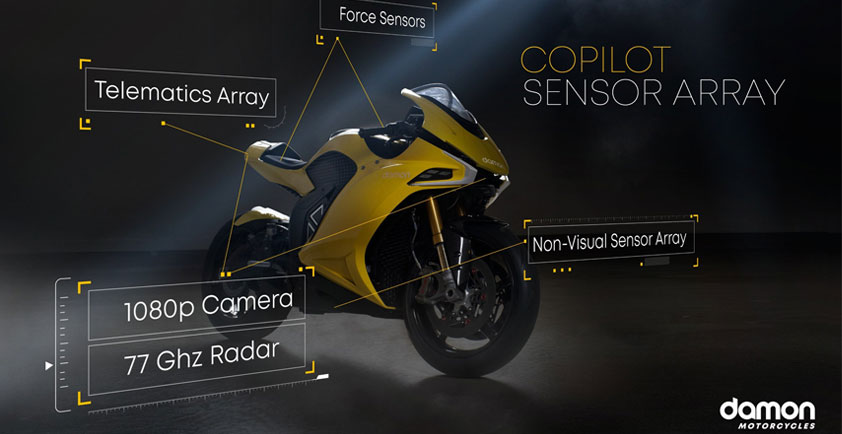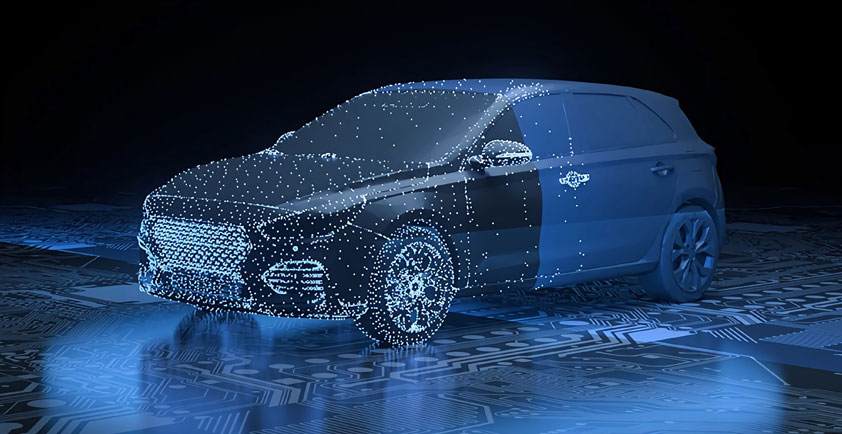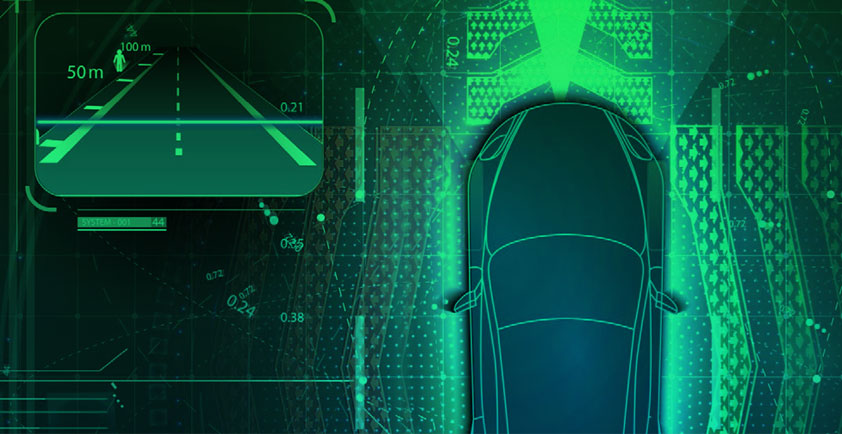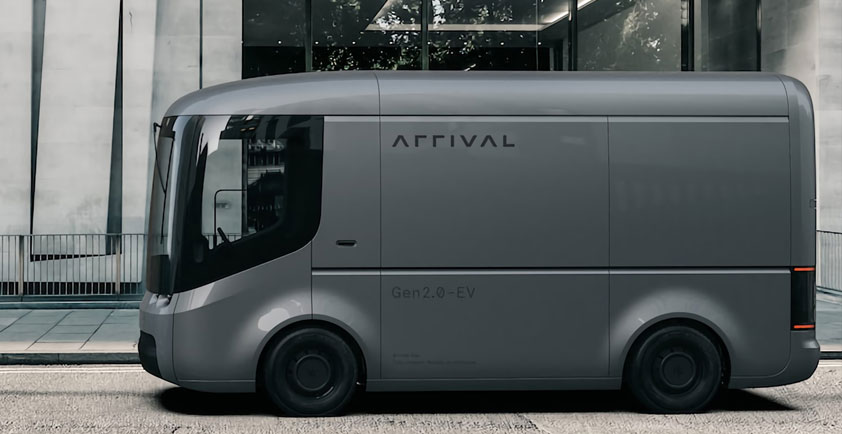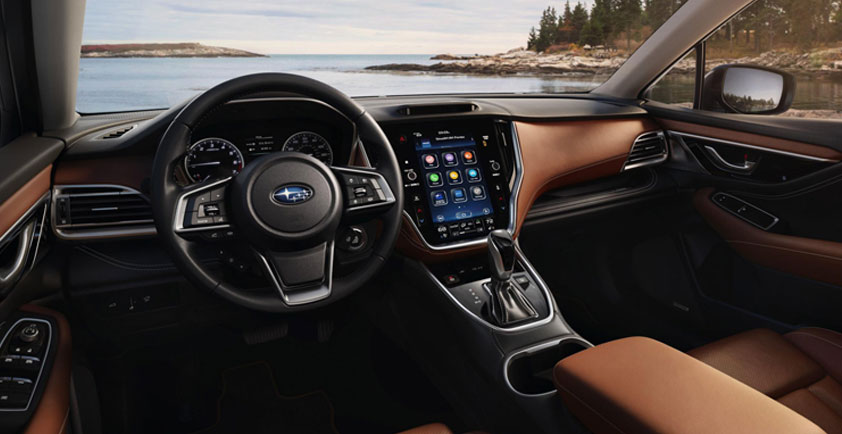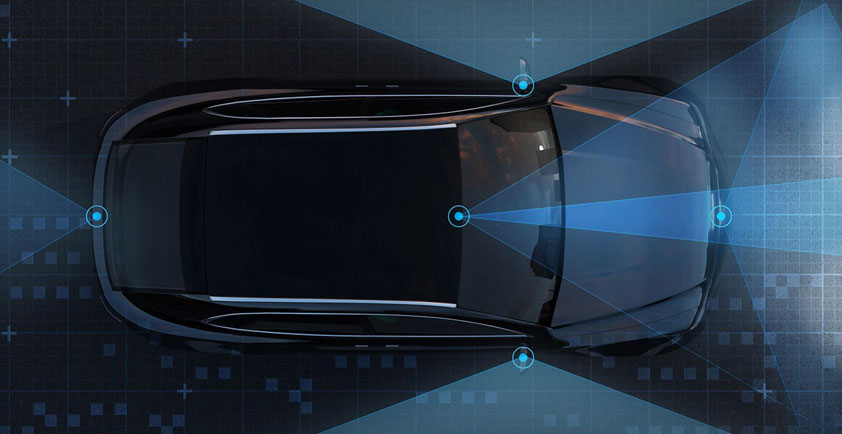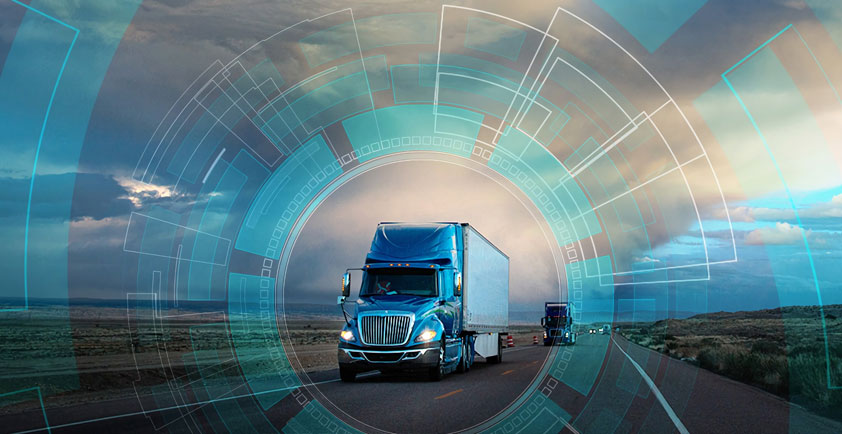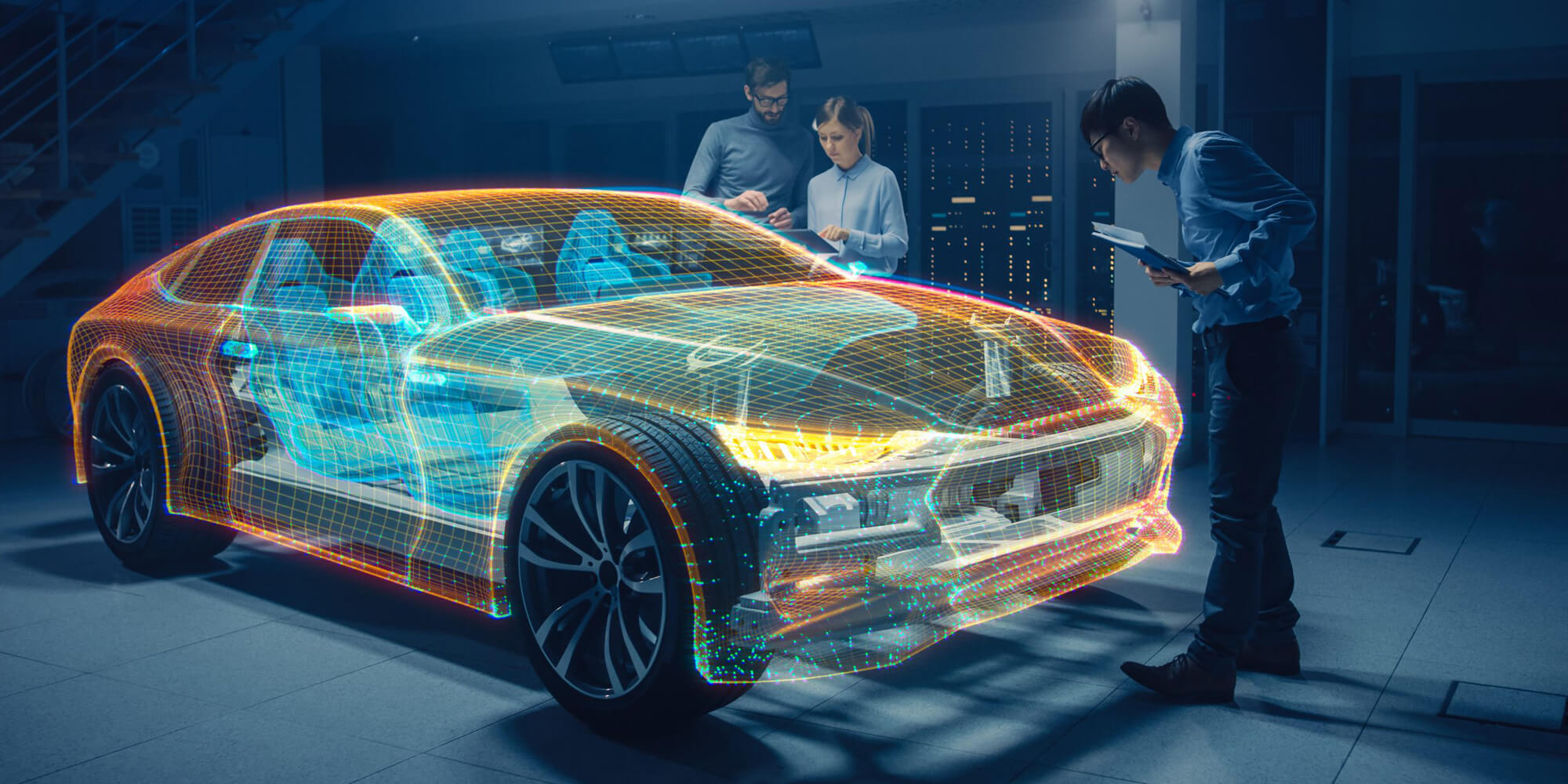
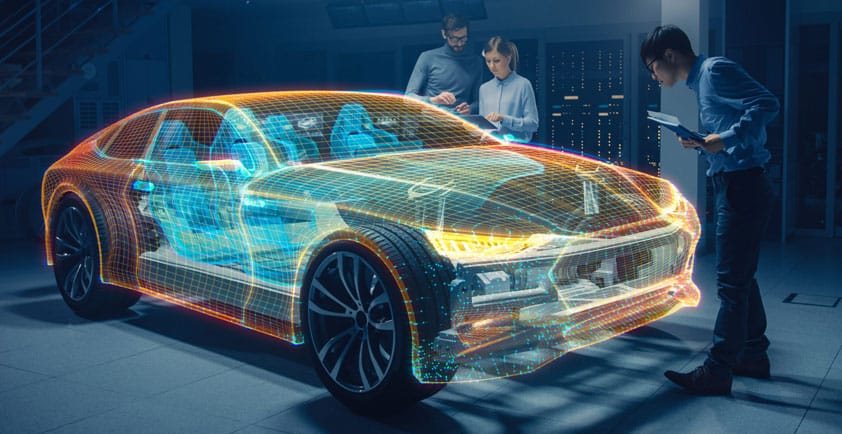
BLACKBERRY AND AUTOSAR: DEFINING AUTOMOTIVE OPEN SYSTEM ARCHITECTURE STANDARDS
BlackBerry is pleased to announce it has joined the AUTomotive Open System Architecture consortium (AUTOSAR) as a premium partner. In this role, BlackBerry will contribute to the development of the AUTOSAR standard, sharing the company's expertise in safety-certified, secure foundational automotive software solutions for connected and autonomous vehicles.
The AUTOSAR consortium is a worldwide development partnership of vehicle manufacturers, suppliers, service providers, and companies from across the automotive electronics, semiconductor, and software industry, and is the driving organization behind the world’s largest standardized automotive architecture.
Connected and Autonomous Vehicle Evolution
As the industry evolves from connected, to automated, and ultimately to autonomous driving, the electronic architecture of the car is moving from a large number (over 100) of fixed-function electronic control units (ECUs) to a few high-performance domain controllers enabled by increasingly complex software.
BlackBerry has the solutions, expertise, and pedigree to support this transition and be a leader in this complex new software-defined vehicle architecture. BlackBerry® QNX® has been the leading choice for embedded systems where safety and security are paramount, supported by its safety certified and secure QNX® operating system (OS) and QNX® Hypervisor.
With functional safety requirements found in more and more automotive systems, BlackBerry QNX has a strong track record of building safe and secure software for mission-critical, safety-critical, and life-critical embedded systems. This pedigree also applies to the ISO 26262 functional safety standards for automotive. The company has invested significantly in this area to extend its reach within the vehicle and offer many safety certified products including its QNX® Neutrino® OS, QNX Hypervisor, as well as graphics monitors, communications software, development tools, and other middleware.
As part of these efforts, BlackBerry will work closely with the AUTOSAR group to shape and define a recommended architecture for autonomous vehicles in addition to making use of the standard within the company’s own development work.
Leading Through Innovation
By joining, we’re among good company. The AUTOSAR consortium has global representation with its core membership including the likes of BMW, Bosch, Continental, Daimler, Ford, General Motors, PSA, Toyota, and Volkswagen, many of whom are longstanding BlackBerry QNX customers.
There’s no question that the automotive industry is undergoing a digital transformation. While the bulk of a car’s value was traditionally made up of its mechanical, hardware, and other physical components, software and connected services are quickly becoming the most important drivers of value, and a key differentiator, for automobile manufacturers.
The next-generation vehicle architecture has evolved from being hardware-driven to software-defined. Software is now quite literally in the driver’s seat, steering the car industry and redirecting the way it’s been organized since those halcyon days of Henry Ford – who famously remarked that customers could have any color car they wanted, so long as it was black.
For the AUTOSAR consortium, its guiding aim is to improve the complex management of integrated electrical and electronic (E/E) architectures through increased reuse and exchangeability of software modules between OEMs and suppliers. By standardizing the software architecture of ECUs, the organization seeks to pave the way for innovative electronic systems that further improve performance, safety, and security.
Safety, Security, and Trust
In the race for self-driving cars, building consumer trust when it comes to safety is just as important as building the technology. For the general public to accept and ultimately adopt autonomous vehicles en masse, there needs to be trust in the technologies, trust in their advantages, and of course, trust that the companies building them (and profiting from them) will act responsibly. It is a moral imperative for those of us within the industry that are advancing this fast-approaching future to make sure it is both safe and secure. The AUTOSAR consortium is a fantastic organization to help the industry collectively work towards this goal.
For more insights on how BlackBerry is leading the industry in smarter, safer, and more secure connected and autonomous vehicle technologies, refer to the recently published ebook Road to Mobility: The 2020 Guide to Trends and Technology for Smart Cities and Transportation, which examines key points to consider as we enter the world of autonomous transportation. The publication includes numerous articles from thought leaders with the Auto-ISAC, ITSA, Carnegie Mellon, Cyber Future Foundation, and more.
Author - Grant Courville, Vice President of Products and Strategy at BlackBerry QNX


BRINGING ENDPOINT SECURITY CAPABILITIES TO THE WORLD OF CONNECTED VEHICLES
Today’s modern vehicles include hundreds of data-producing sensors and millions of lines of code – effectively, every new car that rolls off the lot is a mobile data center. The intersection of connected vehicles and cybersecurity is critical considering that safety, security, and trust are essentially inseparable.
The relative insecurity of most every connected thing elicits heightened awareness of the impact of cyberattacks and breaches which are highlighted in the media and popular culture depictions of attacks. This makes achieving security from the outset extremely critical to the continued adoption of these technologies by the marketplace.
With this in mind, BlackBerry® is taking our world-class endpoint protection capabilities into the automotive world. Drawing on our decades of experience in data and endpoint security, several engineering teams across BlackBerry have united to bring advanced mobile security to the automotive sector and set the benchmark for comprehensive Unified Endpoint Security for Vehicles.
The Problem
Car connectivity can bring valuable features like proactive diagnostics, effortless software updates, and real-time status monitoring such as tire pressure or fuel level, but this connectivity also increases the vehicle’s cyberattack surface. Today’s vehicles, like any connected system, are vulnerable to attack, and each connected feature is a possible attack vector.
In addition to countless cases of white-hat hackers demonstrating these mounting vulnerabilities, there have also been several instances of actual attacks on vehicles in recent years. And, since 82% of all automotive cyberattacks are now remote, these unique problems require custom solutions.
“With the increasing smart cars connectivity and the emergence of (semi)-autonomous cars, novel cybersecurity challenges, risks and threats are arising. Attacks targeting smart cars may lead to vehicle immobilization, road accidents, financial losses, disclosure of sensitive and/or personal data, and even endanger road users’ safety,” a report (PDF) from the European Union Agency for Cybersecurity (ENISA) states.
“Thus, appropriate security measures need to be implemented to mitigate the potential risks, especially as these attacks threaten the security, safety and even the privacy of vehicle passengers and all other road users, including pedestrians.”
The Solution
The massive mobile endpoint that is the modern vehicle comes with more than its share of security concerns, and until now the question was whether traditional network security solutions were going to translate well to connected vehicles, which are complex systems that require the same protections as any other network, such as firewalls, antivirus (EPP), endpoint detection and response (EDR), data loss prevention, and more.
BlackBerry narrowed our focus to address three of the most significant issues in connected vehicle security and safety:
> Blocking malware and cyberattacks: Using machine learning, we can detect and prevent malicious apps from being installed on the vehicle infotainment system. This technology can be used by an OEM to pre-screen apps before they’re made available on their app store, or it can scan apps as they’re installed by the vehicle owner. Furthermore, the solution uses data from sensors in the vehicle to provide AI-driven endpoint detection and response from machine learning models – which can live on the vehicle, in the cloud, or both.
> Driver recognition: Based on behavior analytics, BlackBerry’s solution can recognize drivers based on their driving style. Using data and analysis from dozens of vehicle sensors, the solution can learn behaviors like steering style, acceleration and braking tendencies, and even turn signal data, to eventually create a persona for each driver of the vehicle. This data can help fleet managers and OEMs monitor overall vehicle security – this solution could detect if the driver matches the owner of the remote key fob that was used to start the vehicle. These driver recognition methods can be utilized to tell you who is driving – or not driving – the vehicle.
> Vehicle maintenance: Machine learning models can provide proactive vehicle diagnostics for maintenance requirements and detect when a vehicle component might need service or replacement. Imagine if data produced by your vehicle could tell you when your battery has lowered capacity, how many times it has been charged in its lifespan, and when it will start failing to produce the correct amperage to start your vehicle – without ever being stranded with a dead battery in the parking lot. This component of our solution could be an invaluable asset for auto manufacturers, service departments, fleet managers, and car owners.
These innovative BlackBerry Unified Endpoint Security for Vehicles solutions are designed to protect against automotive cyberattacks and malicious infotainment apps while using data science and machine learning to authenticate the driver and predict vehicle maintenance requirements.
“The need for a holistic view into the overall health and security posture of a vehicle's entire code base throughout its full lifecycle is absolutely critical,” said Charles Eagan, Chief Technology Officer, BlackBerry.
“No one knows security better than us, and we now have a transportation-focused framework that the industry can tap to enhance the security, trustworthiness, and safety of connected vehicles. It can provide peace of mind to drivers, passengers and pedestrians alike.”
Built on both new and existing BlackBerry technologies, our solution has focused on these key tenets of connected car security to pave the road for true endpoint protection – even when the endpoint has four wheels and an engine. After being demonstrated for the first time at the Consumer Electronics Show (CES) 2020 in Las Vegas, all these Unified Endpoint Security for Vehicles features are now available for integration into manufacturer and infotainment software.
Author - Charles Eagan, Chief Technology Officer for BlackBerry
